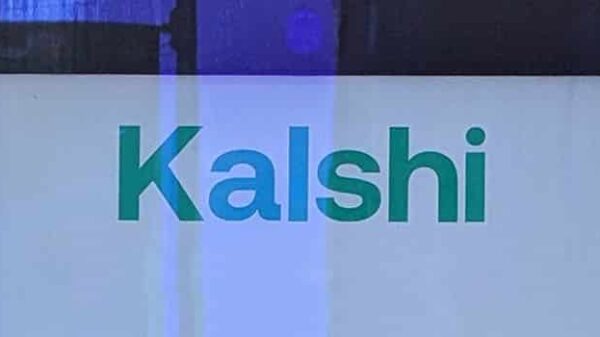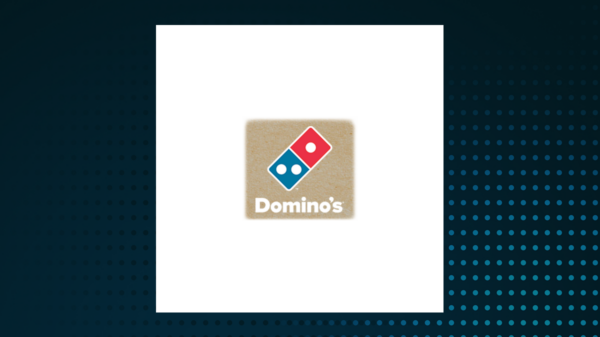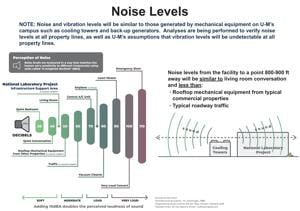In the rapidly evolving digital landscape, organizations are increasingly recognizing the importance of effective information design. With the aim of delivering user-friendly content tailored to various contexts, the Darwin Information Typing Architecture (DITA) provides a robust framework that facilitates this exploration. By examining DITA perspectives, organizations can enhance their information design, ultimately improving user engagement and satisfaction.
Understanding DITA
Initially developed by IBM, DITA is an open standard that structures and manages content, particularly in technical communication. The framework adopts a topic-centric approach, allowing writers to create modular content pieces known as topics. This modularity enables the reuse of content across different contexts and formats, fostering a systematic way to produce adaptable and consistent documentation. The flexibility of DITA is further exemplified by the concept of DITA perspectives.
Exploring DITA Perspectives
DITA perspectives represent the various viewpoints or contexts in which information must be presented. They empower content developers to customize documentation to meet specific audience needs, business objectives, or regulatory requirements. The DITA framework identifies three primary perspectives:
Audience Perspective: This perspective tailors content based on user knowledge levels, experience, or preferences. A technical manual designed for experienced engineers will differ significantly from one intended for novice users or non-technical staff.
Purpose Perspective: This perspective focuses on the intended outcome of the content, whether it is to inform, instruct, or persuade. It influences the tone, style, and structure of the content, ensuring alignment with user objectives.
Subject Matter Perspective: Depending on the focus area—such as product documentation, training materials, or marketing content—this perspective allows for specialized approaches that adhere to industry standards and terminologies.
The Value of Diverse Views
The strength of DITA perspectives lies in their ability to incorporate diverse views on information design, which is essential for several reasons:
Enhanced User Experience: Considering multiple perspectives allows organizations to create user-centric content that acknowledges varying levels of expertise among users. This not only improves accessibility but also increases engagement by ensuring that information is relevant and comprehensible.
Improved Collaboration: DITA perspectives foster collaboration among content creators, subject matter experts, and stakeholders from different operational areas. This collective approach results in a more comprehensive understanding of content requirements and facilitates the sharing of insights that enrich information design.
Flexibility and Scalability: A perspective-based design strategy enables content to be easily modified or repurposed for different platforms or audience segments. This flexibility is increasingly valuable in an environment where content must adapt to mobile devices, various formats, and multilingual demands.
Consistency Across Channels: By establishing distinct perspectives, organizations can ensure that their messaging remains consistent across various channels. This uniformity helps build a coherent brand identity and reinforces key messages, making it easier for users to navigate different types of content.
Implementing DITA Perspectives Effectively
For organizations to successfully implement DITA perspectives in their information design, several strategies are recommended:
User Research: Conducting surveys, interviews, or usability testing can help identify the needs and preferences of different user groups. This research serves as a foundation for tailoring content to various audience perspectives.
Content Audits: Regularly reviewing existing content to assess alignment with intended perspectives can highlight gaps and areas needing revision or repurposing.
Training and Guidelines: Providing training for content creators on effectively applying DITA perspectives can ensure consistency in interpretation. Establishing best practices helps maintain quality across content.
Feedback Loops: Creating systems for gathering user feedback on the effectiveness of diverse perspectives can inform ongoing improvements and adaptations.
Conclusion
As organizations navigate the complexities of modern information design, adopting DITA perspectives offers a strategic approach to creating rich, user-oriented content. By embracing diverse views and tailoring information to meet various audience needs, organizations not only enhance content usefulness but also build stronger connections with their users. In an era where information is abundant yet meaningful context can be scarce, utilizing DITA perspectives can lead to impactful and lasting communication.






































































